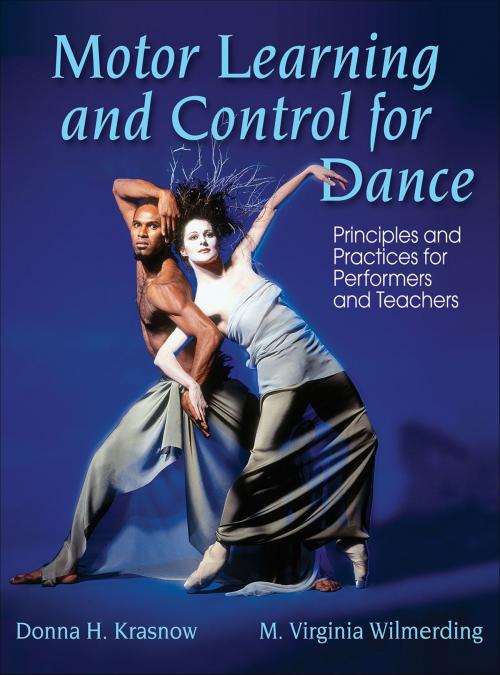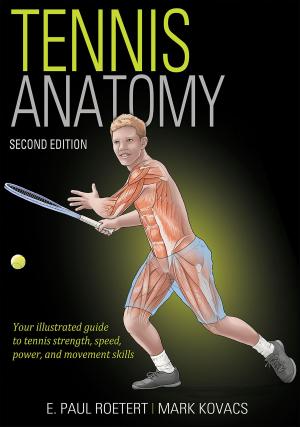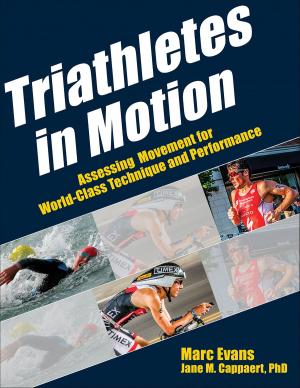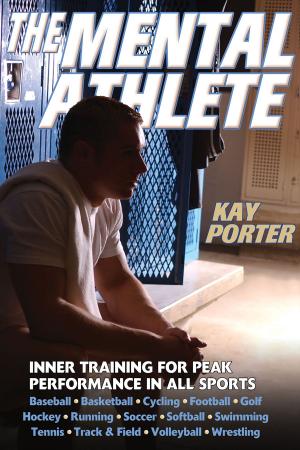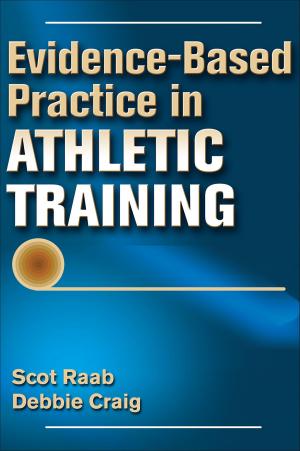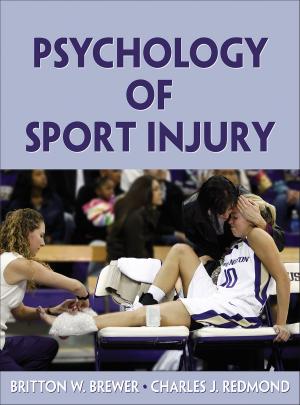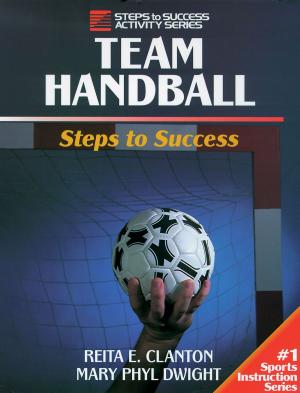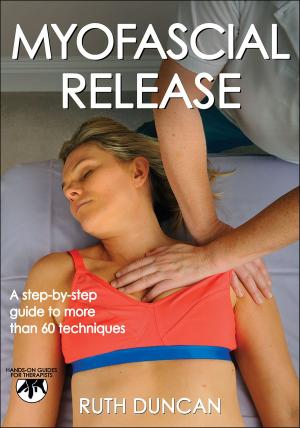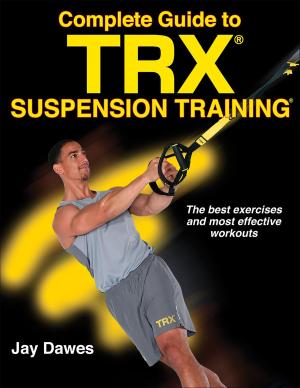Motor Learning and Control for Dance
Principles and Practices for Performers and Teachers
Nonfiction, Entertainment, Dance, Performing Arts| Author: | Donna Krasnow, Mary Virginia Wilmerding | ISBN: | 9781492585114 |
| Publisher: | Human Kinetics, Inc. | Publication: | November 15, 2018 |
| Imprint: | Human Kinetics, Inc. | Language: | English |
| Author: | Donna Krasnow, Mary Virginia Wilmerding |
| ISBN: | 9781492585114 |
| Publisher: | Human Kinetics, Inc. |
| Publication: | November 15, 2018 |
| Imprint: | Human Kinetics, Inc. |
| Language: | English |
As dance training evolves and becomes more complex, knowledge of motor behavior is foundational in helping dancers learn and master new skills and become more efficient in integrating the skills. Motor Learning and Control for Dance is the first resource to address motor learning theory from a dance perspective. Educators and students preparing to teach will learn practical ways to connect the science behind dance to pedagogy in order to prepare dancers for performance. Dancers interested in performance from the recreational to professional levels will learn ways to enhance their technical and artistic progress.
In language accessible even to those with no science background, Motor Learning and Control for Dance showcases principles and practices for students, artists, and teachers. The text offers a perspective on movement education not found in traditional dance training while adding to a palette of tools and strategies for improving dance instruction and performance. Aspiring dancers and instructors will explore how to develop motor skills, how to control movement on all levels, and—most important—how motor skills are best taught and learned.
The authors, noted experts on motor learning and motor control in the dance world, explore these features that appeal to students and instructors alike:
• Dance-specific photos, examples, and figures illustrate how to solve common problems various dance genres.
• The 16 chapters prepare dance educators to teach dancers of all ages and abilities and support the development of dance artists and students in training and performance.
• An extensive bibliography of sports and dance science literature allows teachers and performers to do their own research.
• A glossary with a list of key terms at the back of the book.
Part I presents an overview of motor behavior, covering motor development from birth to early adulthood. It provides the essential information for teaching posture control and balance, the locomotor skills underlying a range of complex dance skills, and the ballistic skills that are difficult to teach and learn, such as grand battement and movements in street dance.
Part II explores motor control and how movement is planned, initiated, and executed. Readers will learn how the nervous system organizes the coordination of movement, the effects of anxiety and states of arousal on dance performance, how to integrate the senses into movement, and how speed and accuracy interact.
Part III investigates methods of motor learning for dancers of all ages. Readers will explore how to implement a variety of instructional strategies, determine the best approaches for learning dance skills, and motivate and inspire dancers. This section also discusses how various methods of practice can help or hinder dancers, strategies for improving the recall of dance skills and sequences, and how to embrace somatic practice and its contribution to understanding imagery and motor learning.
Motor Learning and Control for Dance addresses many related topics that are important to the discipline, such as imagery and improvisation. This book will help performers and teachers blend science with pedagogy to meet the challenge of artistry and technique in preparing for dance performance.
As dance training evolves and becomes more complex, knowledge of motor behavior is foundational in helping dancers learn and master new skills and become more efficient in integrating the skills. Motor Learning and Control for Dance is the first resource to address motor learning theory from a dance perspective. Educators and students preparing to teach will learn practical ways to connect the science behind dance to pedagogy in order to prepare dancers for performance. Dancers interested in performance from the recreational to professional levels will learn ways to enhance their technical and artistic progress.
In language accessible even to those with no science background, Motor Learning and Control for Dance showcases principles and practices for students, artists, and teachers. The text offers a perspective on movement education not found in traditional dance training while adding to a palette of tools and strategies for improving dance instruction and performance. Aspiring dancers and instructors will explore how to develop motor skills, how to control movement on all levels, and—most important—how motor skills are best taught and learned.
The authors, noted experts on motor learning and motor control in the dance world, explore these features that appeal to students and instructors alike:
• Dance-specific photos, examples, and figures illustrate how to solve common problems various dance genres.
• The 16 chapters prepare dance educators to teach dancers of all ages and abilities and support the development of dance artists and students in training and performance.
• An extensive bibliography of sports and dance science literature allows teachers and performers to do their own research.
• A glossary with a list of key terms at the back of the book.
Part I presents an overview of motor behavior, covering motor development from birth to early adulthood. It provides the essential information for teaching posture control and balance, the locomotor skills underlying a range of complex dance skills, and the ballistic skills that are difficult to teach and learn, such as grand battement and movements in street dance.
Part II explores motor control and how movement is planned, initiated, and executed. Readers will learn how the nervous system organizes the coordination of movement, the effects of anxiety and states of arousal on dance performance, how to integrate the senses into movement, and how speed and accuracy interact.
Part III investigates methods of motor learning for dancers of all ages. Readers will explore how to implement a variety of instructional strategies, determine the best approaches for learning dance skills, and motivate and inspire dancers. This section also discusses how various methods of practice can help or hinder dancers, strategies for improving the recall of dance skills and sequences, and how to embrace somatic practice and its contribution to understanding imagery and motor learning.
Motor Learning and Control for Dance addresses many related topics that are important to the discipline, such as imagery and improvisation. This book will help performers and teachers blend science with pedagogy to meet the challenge of artistry and technique in preparing for dance performance.
